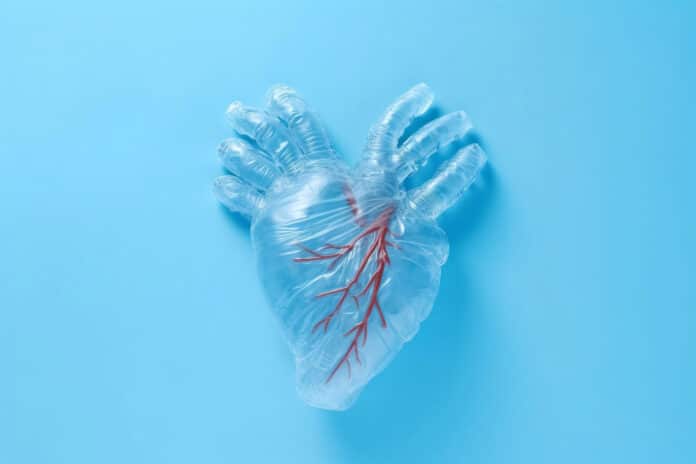Human stools, lungs, and placentas have all been found to contain microplastics. These organs are directly exposed to the environment through various body cavities, including the oral/anal and uterine/vaginal cavities. Information regarding microplastic exposure in fully encased human organs must still be present.
In a pilot study of people who underwent heart surgery, researchers report that they have found microplastics in many heart tissues. They also report evidence suggesting that microplastics were unexpectedly introduced during the procedures.
In a pilot study, the researchers took half of the participants’ pre- and post-operative blood samples and heart tissue samples from 15 patients undergoing cardiac surgeries. The scientists used laser direct infrared imaging to evaluate the samples and discovered particles 20 to 500 micrometers in diameter made of eight different forms of plastic, including polyethylene terephthalate, polyvinyl chloride, and poly(methyl methacrylate).
Although the amounts and materials differed amongst participants, this method could identify tens to thousands of distinct microplastic particles in most tissue samples. Plastic particles were present in every blood sample; however, following surgery, the average size of the particles decreased, and they were from a wider variety of plastics.
Scientists noted, “We have provided preliminary evidence that various microplastics can accumulate and persist in the heart and its innermost tissues. The findings show how invasive medical procedures are an overlooked route of microplastic exposure, providing direct access to the bloodstream and internal tissues. More studies are needed to fully understand the effects of microplastics on a person’s cardiovascular system and their prognosis after heart surgery, the researchers conclude.”
Journal Reference:
- Yunxiao Yang, Enzehua Xie et al. Detection of Various Microplastics in Patients Undergoing Cardiac Surgery. Environmental Science & Technology. DOI: 10.1021/acs.est.2c07179
